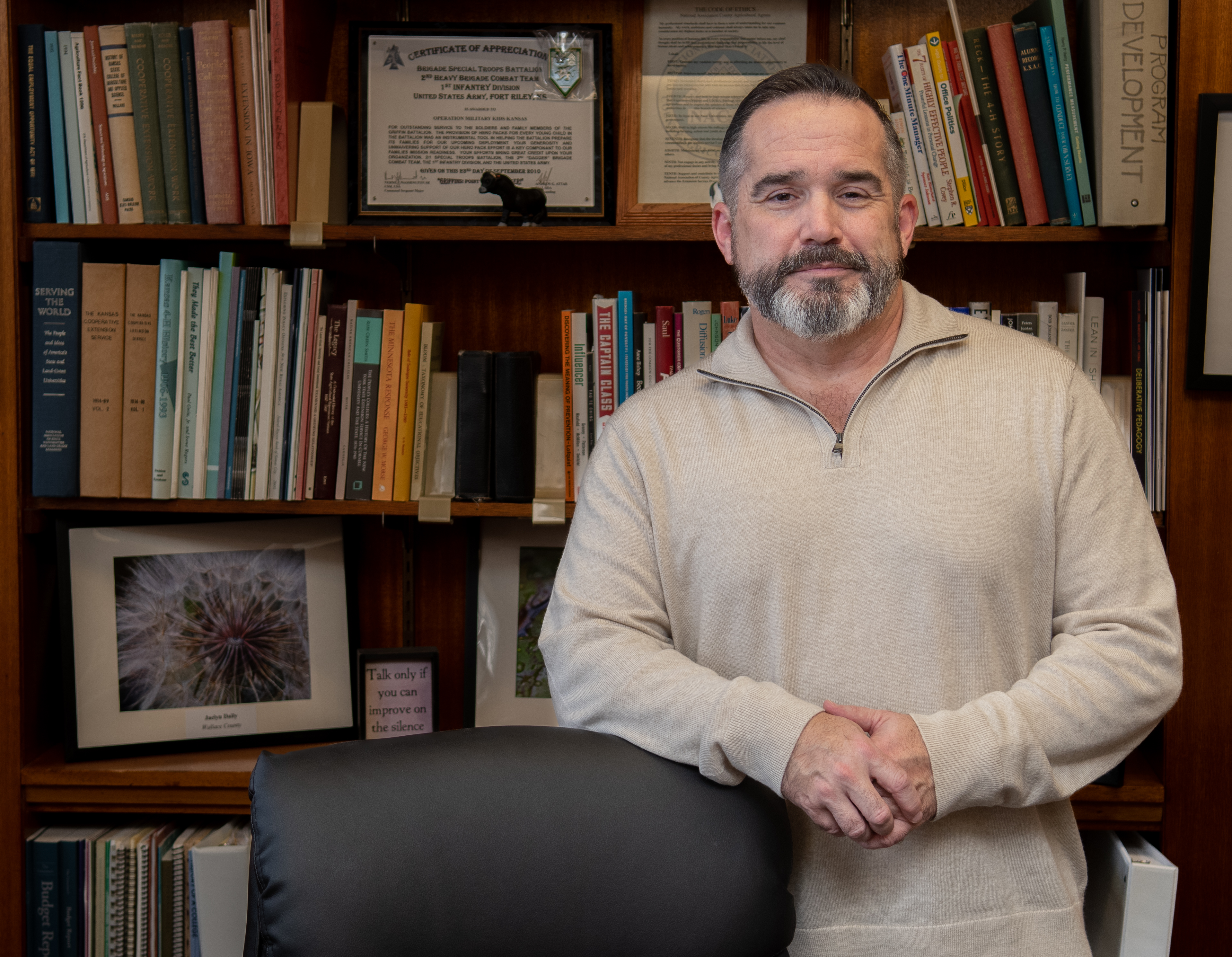March 14, 2023
The Grand Challenges

The other day I was asked about the Grand Challenges. Where did they come from? What purpose do they serve?
There was a time when we really did not have an overall umbrella of issues to guide our programming or to use in communicating to the public. We focused primarily on our programming areas: agriculture and natural resources (ANR), family and consumer sciences (FCS), 4-H and youth development, and (then) community development.
There were a couple of problems with organizing our programming under these areas. First, unless our stakeholders and learners were particularly familiar with a programming area, they did not easily communicate the issues we were helping Kansans to address. Not being able to explain what you do for the public when you are a publicly funded organization is a big problem.
Second, internally the programming areas were unintentionally creating silos. ANR extension professionals developed and implemented programming with ANR extension professionals, FCS with FCS, and so on. They did not nurture the interdisciplinary work across program areas that is necessary to address the complex issues facing Kansans.
Former director Daryl Buchholz worked with several stakeholder groups to find a way for all of Kansans to understand what we do. After some work, they came up with the Grand Challenges.
There is legend that they were first written on the back of an envelope or on a note pad. I am not sure whether that is true, but I do know it was an iterative process, not something done on the spur of the moment.
After receiving feedback from our stakeholders and getting the right words put together, the Grand Challenges were born: Global Food Systems (global referring to international, national, state, regional, and local), Health (physical, behavioral, financial among others). Water (later evolving to Water and Natural Resources), Community Vitality (focusing on the seven capitals model of community development), and Developing Tomorrow’s Leaders (includes both youth and adult leaders).
With the Grand Challenges, we could better communicate what we do with the public. The Grand Challenges are concepts the public can understand more readily than our program areas. We could state that we provide education, research and facilitation that helps Kansans address the state’s grand challenges of global food systems, health, water and natural resources, community vitality, and developing tomorrow’s leaders and have the public understand.
The Grand Challenges also facilitate interdisciplinary work. All four programming areas contribute to varying degrees to the grand challenge issues of global food systems, health, water and natural resources, community vitality, and developing tomorrow’s leaders. One only needs to look at our local foods and stress and resiliency transdisciplinary teams to see examples of this. Those two teams are made up of colleagues from our different program areas.
Where did the Grand Challenges come from, and what is their purpose? The Grand Challenges developed by talking to our stakeholders about how to better communicate with them. They help to organize and guide our work. They also help to facilitate inter-disciplinary- and transdisciplinary work. Most important, they help to better communicate to the public what we do for them.